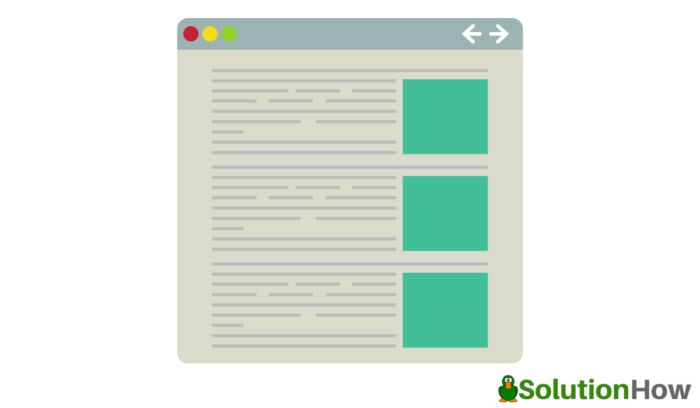
Nevigate Website
Improving site navigation is a key step to provide your site visitors with a better experience. How to make your site easy to navigate? Let us find out!
Today, we will discuss some basic features that will make your site easier to navigate and reduce customer confusion. We will also give you some examples of websites that are easy to navigate.
Remember, Digitrio can help with your newly-built website for web design as well as SEO.
Here are a few things you should know about web design.
Navigation bar
It should be the first critical element of your website. And besides, your website cannot be considered a decent one without a good navigation bar.
First, you need to make sure that you have selected the correct category for the navigation bar. As a retailer, make sure you break down your product groups appropriately, and there are not too many first-level categories.
From a design point of view, you should also set the navigation bar in contrast to the surrounding page elements.
It will make the bar prominent and make it easier for buyers to see where they are when they come across your page from the referring site.
Another factor that needs to be considered for the navigation bar is whether to keep it sticky.
The “sticky navigation bar” means that no matter how much further down the user scrolls, it will always be at the top of the page. It makes navigation faster, and customers can visit more pages with less fuss.
Finally, you may need to consider adding a “large menu” to the navigation bar. You can recognize this style from big retailers like Zalando or Amazon.
Assume you have a comprehensive line of products or a massive list of product categories. In that case, these big “big menus” are worth having as they can help customers set the direction and quickly find what they need.
Your company logo may be in the top left corner of the page. Be sure to click this button to take the user back to the home page. It is almost standard practice now.
Breadcrumbs
If you are unfamiliar with this term, consider it as a way for your customers to walk around and navigate your site. It does help consumers figure out what they are doing, but these connections are mostly used to offer a description of a particular group.
Suppose you fell on a website due to advertising campaigns or sharing on social media.
Although initially drawn to the item presented to users, they still decided to see what other things you had in that particular section. Bread crumbs can help them find other products you sell.
Search Bar
Like the giant menu, the site search bar is especially useful for e-commerce sites that sell many different products. Think of the search bar as a sales assistant in a store.
If, as a customer, you cannot find the product you are looking for in the store, you will ask the employee, right? And if you cannot find anyone in the store, you might come out frustrated at some point, right?
The search feature is similar to a sales agent, helping consumers locate items they cannot see directly`.
Depending on the type of product you are selling, you should consider using search tools, including keywords, ingredients, sports, models, etc.
Often, please ensure that the searching function is displayed at the top of the page. It can be “sticky” as a navigation bar. Putting it next to the business logo is going to make it impossible to overlook.
Consistency
Customers like to be consistent when browsing the web. Each website must have such a layout such that consumers can quickly find a way to access a new page or move back to the previous.
In other terms, you should be conscious of the general architecture and layout of your online marketplace.
Buyers want consistency not only in stores but also on the website. While it is great to modernize your website, some things should be “standardized” in your online store website’s design.
For example, icons such as shopping carts and links from the company logo to the home page are almost standard on the Internet.
If customers have to find too much content that is considered standard on other sites, it can be frustrating and cause them to leave your site.
Use creativity in images and titles, but make classic elements such as product photos and descriptions clear and easy to use.
Another consistency issue is making the mobile design responsive. A mobile site should be very similar to a desktop site. Many shopping journeys happen across multiple platforms.
For example, your customers might be browsing on a mobile device and then completing a purchase on a desktop computer. So, buyers will want to browse your site as easily as switching devices.
The 3-click Rule
The principle is very easy and simple. Despite some controversy, many designers firmly believe in this principle. It also illustrates the value of a strong navigation bar and the other references related to the site.
The principle states that consumers should be able to search for details with three mouse clicks. You can do the thing with a decent navigation bar and an extensive menu.
Even if you do not strictly follow the rules, keep them in mind at the time of your website design. Nothing is worse than disappointing your future buyers and making them quit your site when they cannot find what they are searching for because of a bad site layout.
Conclusion
Sites that are easy to navigate, like Glass, provide ease and familiarity to customers. Many online stores have the “standard” look that shoppers are used to.
Make their journey simple and they would not have any problems, whether it is paying for your product or browsing your site.
To understand further how the qualities of website design impacts users, check this out!






You must be logged in to post a comment.